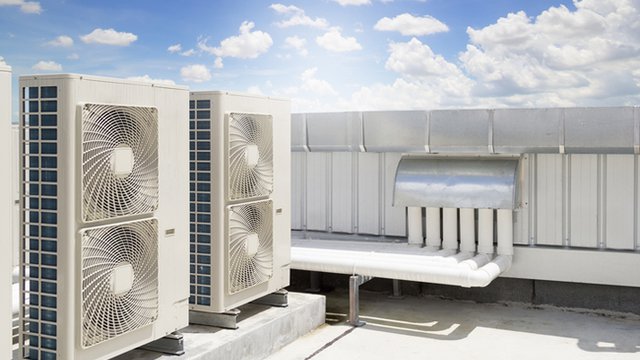How Today’s Energy Code Affects Mechanical System Installations

By: Reggie Hucks | Apr 06, 2020
In the recent past, a mechanical contractor could install very inefficient appliances and equipment with no thought to energy costs. Energy rates were cheap; therefore, mechanical codes did not address energy usage. Mechanical code emphasis was on installation integrity, clearance to combustibles, and service space requirements. The installed equipment was very heavy and overbuilt. That all changed in the late 20th century due to several economic and environmental factors. These factors created a new buzzword: energy conservation.
Energy conservation became a front burner issue in this country after the oil embargos of the 1970’s and 80’s. In the 90’s, global warming pushed the world into considering stricter energy codes for building construction. The International Code Commission first published an energy code, dubbed the International Energy Conservation Code (IECC) in the early 2000’s. This code introduced stricter methods and requirements for energy efficiency, including mechanical system installation.
How has installation of mechanical systems changed?
Consider the following requirements in the 2018 IECC for residential systems.
- All systems must meet a minimum energy efficiency standard.
- All fuel burning HVAC systems that require combustion and ventilation openings to the outside, other than direct vent appliances, must be in unconditioned spaces or specially designed rooms.
- Programmable thermostats are required for the primary heating and cooling system.
- Outdoor thermostats, or an equivalent control, must be provided for resistance heat incorporated in heat pumps.
- Air handlers and duct systems must be sealed, and pressure tested for leakage.
- R-8 insulation must be provided for air ducts in attics.
Compare this to an installation as recent as the year 2000, where R-4 insulation was allowed on any ductwork, no leakage tests were done, and any thermostat that operated the system was approved. There are many more requirements than those listed here, but these were key changes.
What about commercial mechanical systems?
Commercial systems are not left out of the energy conservation changes either. Here are some of the latest requirements:
- Mandatory prescribed load calculations must be done, and no equipment can exceed the smallest available equipment size that can meet the heating and cooling load requirement.
- Zone systems are required for installations that exceed 25,000 square feet or span more than one floor.
- Ventilation is mandatory and must be provided in accordance with the International Mechanical Code (IMC).
- All heating and cooling systems must meet a minimum efficiency standard.
- Economizers are required for systems that are greater than 54,000 Btu/h other than residential occupancies.
- Programmable thermostats, special duct sealing, and total building performance tests are mandated.
- Building commissioning must be administered by a registered design professional or approved agency.
This, again, is just a small portion of the commercial mechanical code requirements found in the 2018 IECC.
How do these energy code changes affect the contractor?
Price is one big difference. The installation of systems compared to the year 2000 might have increased by 100% or more in price. Another is expertise. Installing today’s system must be done by highly trained contractors. Their Installers should be competent in duct sealing methods, complicated control schemes, and zone equipment. Air balancing and start-up procedures are more sophisticated too.
How will this impact the future?
All these changes will lead to considerable energy costs savings in all buildings. The difference can be substantial. 20% of all the energy we use in the United States goes to power commercial buildings. If the overall goal is to make new buildings 70 % more efficient than older ones, the energy conservation concept will pay big dividends. It will reduce our carbon footprint, overall energy needs, and insure a more sustainable future for our country.

